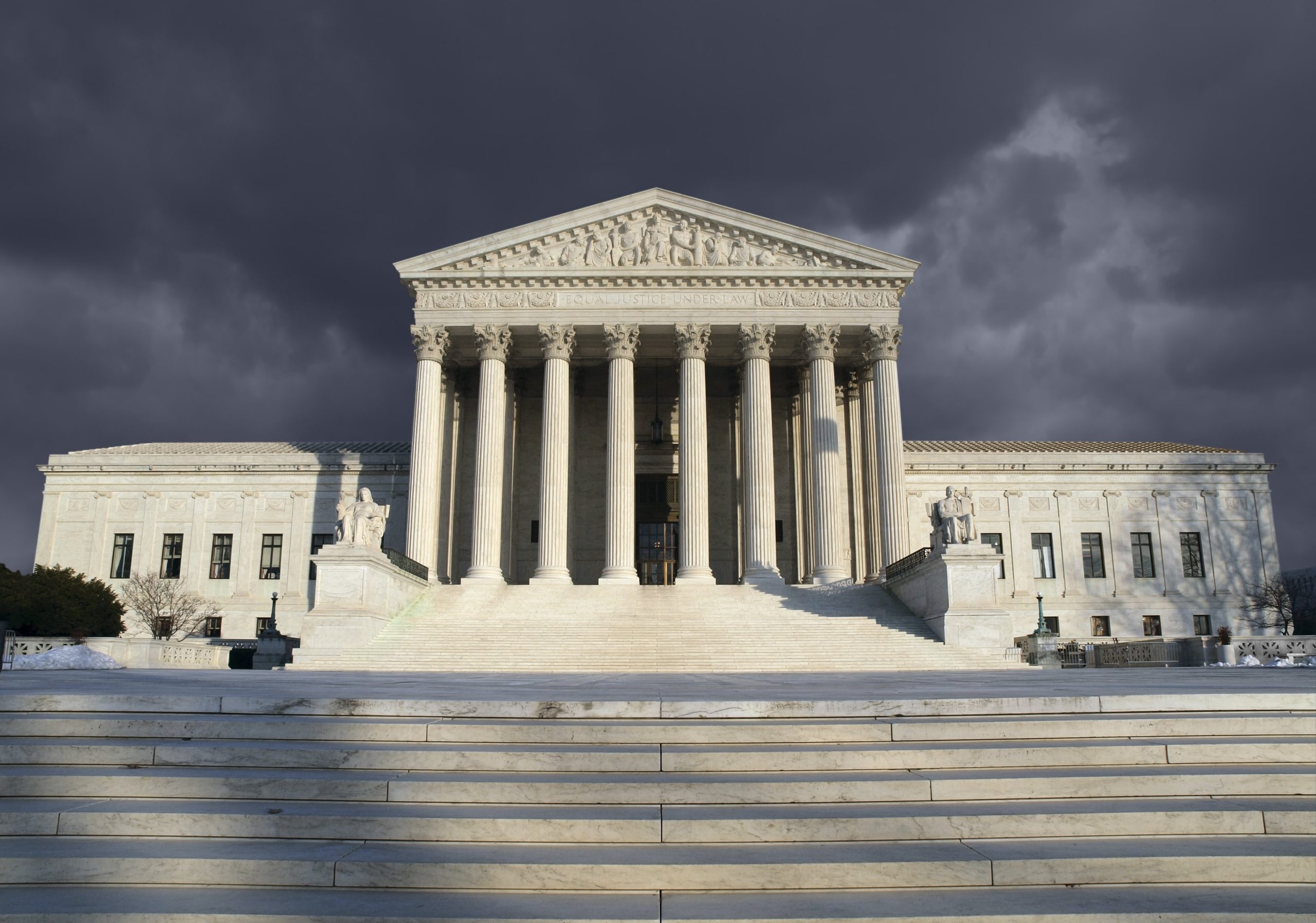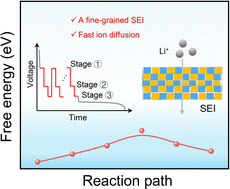Supreme Court issues two rulings specifying where challenges to EPA actions on clean air must be filed
The Supreme Court on Wednesday issued two rulings on where certain challenges to actions taken by the Environmental Protection Agency under the Clean Air Act must be filed. In the […] The post Supreme Court issues two rulings specifying where challenges to EPA actions on clean air must be filed appeared first on SCOTUSblog.

The Supreme Court on Wednesday issued two rulings on where certain challenges to actions taken by the Environmental Protection Agency under the Clean Air Act must be filed. In the first decision by Justice Clarence Thomas, EPA v. Calumet, the court ruled that one set of challenges, brought by a group of small refineries in Louisiana, should have been filed in a federal appeals court in Washington, D.C. And in a second decision by Thomas, Oklahoma v. EPA, the court ruled that challenges by Oklahoma and Utah (as well as companies from those states’ energy industry) should have been filed in a federal appeals court in Denver.
At issue in both cases is a provision of the Clean Air Act indicating that challenges to “nationally applicable” actions by the EPA should be filed in the U.S. Court of Appeals for the District of Columbia Circuit, while challenges to “locally or regionally applicable” EPA actions should normally be filed in a regional circuit. The provision carves out an exception, however, for actions that are local or regional but are nonetheless “based on a determination of nationwide scope or effect” and accompanied by an EPA finding of that basis; those actions must also be challenged in the D.C. Circuit.
The U.S. Court of Appeals for the 5th Circuit ruled in Calumet that challenges by a group of small oil refineries to the EPA’s denial of their requests for exemptions from complying with the Clean Air Act’s renewable fuel program were challenges to locally or regionally applicable actions that could remain in the 5th Circuit, where the refineries had filed them, despite the EPA’s assertion that the denials fell within the exception for local or regional actions with nationwide scope or effect.
On Wednesday, the Supreme Court – by a vote of 7-2 – threw out the 5th Circuit’s decision. Thomas agreed that the EPA’s denial of a single refinery’s petition for an exemption would be “only locally or regionally applicable.” But the denials fell within the exception, Thomas continued, because the EPA relied primarily on arguments that applied “generically to all refineries, regardless of their geographic location.”
Justice Neil Gorsuch dissented, in an opinion joined by Chief Justice John Roberts. He contended that when the EPA considers a small refinery’s request for an exemption, “nothing in the Act’s substantive provisions calls on EPA to make a ‘determination of nationwide scope or effect.’” Instead, the Clean Air Act directs the EPA to “evaluate only whether a particular small refinery seeking an exemption would suffer a hardship without one. Accordingly, the Act’s venue provision routs this dispute to a regional circuit, just as the Fifth Circuit recognized below.”
In the second case, Oklahoma v. EPA, the U.S. Court of Appeals for the 10th Circuit ruled that challenges to the EPA’s rejection of two states’ emissions-control plans should be transferred to the U.S. Court of Appeals for the District of Columbia Circuit because the rejection came as part of an EPA rule that covered “21 states across the country” and “reflected EPA’s ‘appli[cation of] a uniform statutory interpretation and common analytical methods.’”
On Wednesday the Supreme Court, once again in an opinion by Thomas, reversed. Using the analysis from the first case, Thomas concluded that the exception for EPA actions that are locally or regionally applicable but have “nationwide scope or effect” did not apply because there was no “nationwide factor” governing the EPA’s decision to reject the emissions-control plans. “Instead,” he reasoned, “EPA disapproved Oklahoma’s and Utah’s” plans “after conducting predominantly fact-intensive, state-specific analysis.”
Gorsuch, joined by Roberts, filed a one-paragraph opinion in which he agreed with the court’s result – if not its reasoning.
The post Supreme Court issues two rulings specifying where challenges to EPA actions on clean air must be filed appeared first on SCOTUSblog.

















































































![The sights of Paris Air Show, one last time: Day 4 [Photos]](https://breakingdefense.com/wp-content/uploads/sites/3/2025/06/20250617-helenedelacoste-Paris-Air-Show-037-scaled-e1750357690820.jpg?#)





























































